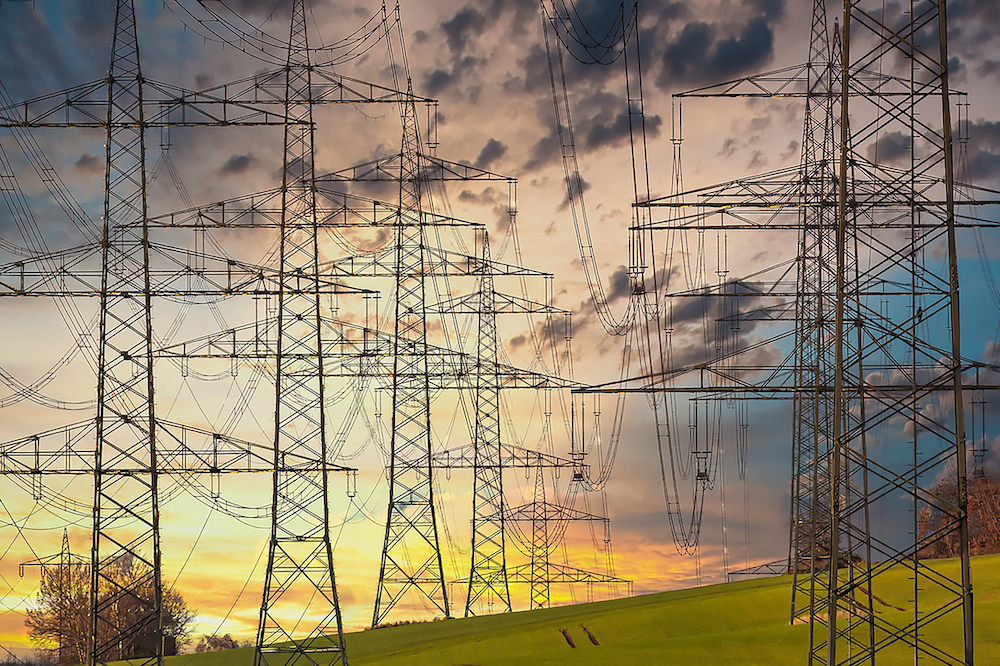
As part of the 2023 Seed Fund Program, the MIT Energy Initiative (MITEI) has awarded $900,000 in grants to support six novel energy research projects. Each project has been recognized for showing promise for high-impact, transformative energy research, and will receive $150,000 in funding over the span of two years.
“It is important that we keep that pipeline of early-stage research coming,” says Robert Stoner, the director of MITEI. “Energy and the way we use energy are central to solving climate change, and MITEI’s Seed Fund Program allows us to place bets on potentially game-changing technologies that are often too risky for industry and government sponsors.”
To date, the MITEI Seed Fund Program has supported 209 energy-focused projects through grants totaling $28.7 million. This funding comes primarily from MITEI’s Founding and Sustaining Members, supplemented by philanthropic donations.
The 57 proposals submitted this year spanned a breadth of disciplines, hailing from 68 different MIT faculty and researchers across 24 departments, labs, and centers. The projects that were awarded Seed Fund grants range from technologies to remove carbon from industrial wastewater to improved system planning models that account for the complexity and scale of our modern power systems.
Brief descriptions of the six winning projects and their principal investigators (PIs) follow.
Electrochemically stimulated hydrogen desorption
Hydrogen is a clean energy source with the potential to significantly reduce carbon emissions from key industrial applications; however, hydrogen can degrade the metallic materials in the piping used for its transport and storage, causing unexpected and catastrophic failures. This project aims to develop a novel electrochemical methodology that will prevent hydrogen damage in existing infrastructure by enabling its removal from structural components during operation. This proposed system will be a scalable, flexible solution for the hydrogen energy industry.
PIs: Ju Li, the Battelle Energy Alliance Professor in Nuclear Engineering and a professor of materials science and engineering; Cem Tasan, an associate professor of materials science and engineering; and Bilge Yildiz, the Breene M. Kerr (1951) Professor
Capturing carbon in industrial wastewater
Industrial wastewater is a massive carbon source, yet while emissions from treatment plants have been recognized, there has been little done to remove the inorganic carbon in waste streams. Each year in the United States alone, more than 90 trillion gallons of industrial wastewater, estimated to contain about 600 Mt/year of dissolved inorganic carbon (DIC), is treated. This project will evaluate the potential of electrochemically mediated carbon capture technology to remove DIC from industrial wastewater, tackling an untapped opportunity for carbon mitigation.
PIs: T. Alan Hatton, the Ralph Landau Professor of Chemical Engineering Practice, and Kripa Varanasi, a professor of mechanical engineering
Measuring the impact of mining
To meet the growing demand for clean energy technologies, critical minerals such as lithium, cobalt, copper, and more will need to be mined in greater volumes. However, mining can cause significant environmental damage and introduce risks to the communities that surround and depend on the mines. This project will assess the controversial environmental, sustainability, and governance (ESG) metrics currently used by financial institutions to measure the impacts of mining and will propose a path for improvement and to make them more effective.
PI: Roberto Rigobon, the Society of Sloan Fellows Professor of Management
Improved planning for reliable, low-carbon power systems
Capacity expansion models (CEMs) are an important tool for system planners, regulators, and utilities to identify best practices for planning and operating power grids, as well as to evaluate the impacts of new technologies and regulations. However, current CEMs do not adequately account for the complexity and scale of our modern power systems. This can result in the loss of billions of dollars per year due to poor planning and dispatch, as well as large-scale outages and loss of lives. This project will develop improved CEMs that appropriately consider some of the complexities of modern power networks (including the nonlinear physics of power grids and the need for robustness against grid failures) to enable the improved planning of low-carbon and reliable power systems at scale.
PIs: Priya Donti, an assistant professor in the Department of Electrical Engineering and Computer Science and the Laboratory for Information and Decision Systems, and Dharik Mallapragada, a principal research scientist at MITEI
Iono-electronic polymer composites for electrochemical energy storage
The demand for batteries continues to grow in a number of applications and electronics. This has made it necessary to introduce novel materials, especially non-mined alternatives, and a rethinking of battery design. This project will investigate iono-electronic polymer composites as a novel class of electrode materials for polymer-based energy storage. This work will help fill an urgent need for alternative material sources, as well as prove significant for investigations into organic batteries, which will be more suitable for many next-generation electronics.
PI: Aristide Gumyusenge, the Merton C. Flemings (1951) Career Development Professor and an assistant professor of materials science and engineering
2D polymer membranes for liquid separations
A growing global population and rapid industrialization have imposed unprecedented strains on the Earth’s natural resources, with water and energy demand at the heart of these pressures. Membrane-based separation processes can address these challenges by, for example, helping to produce water from unconventional sources and enabling liquid separations while consuming less energy than classical processes. This project will develop a new class of membrane material—a 2D polyaramid with controllable porosity—that may hold promise as a next-generation permselective membrane material.
PI: Michael Strano, the Carbon P. Dubbs Professor in Chemical Engineering
This article appears in the Winter 2024 issue of Energy Futures.